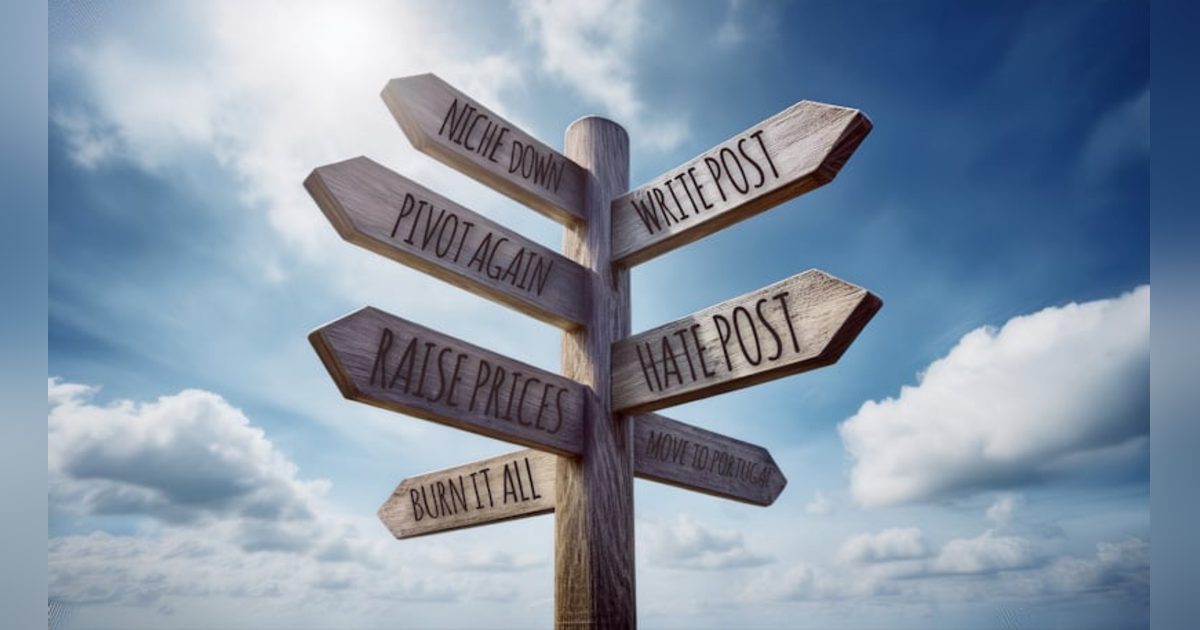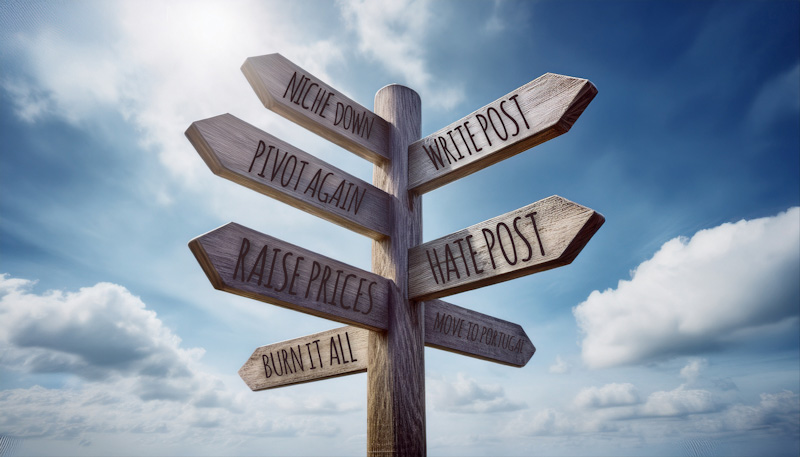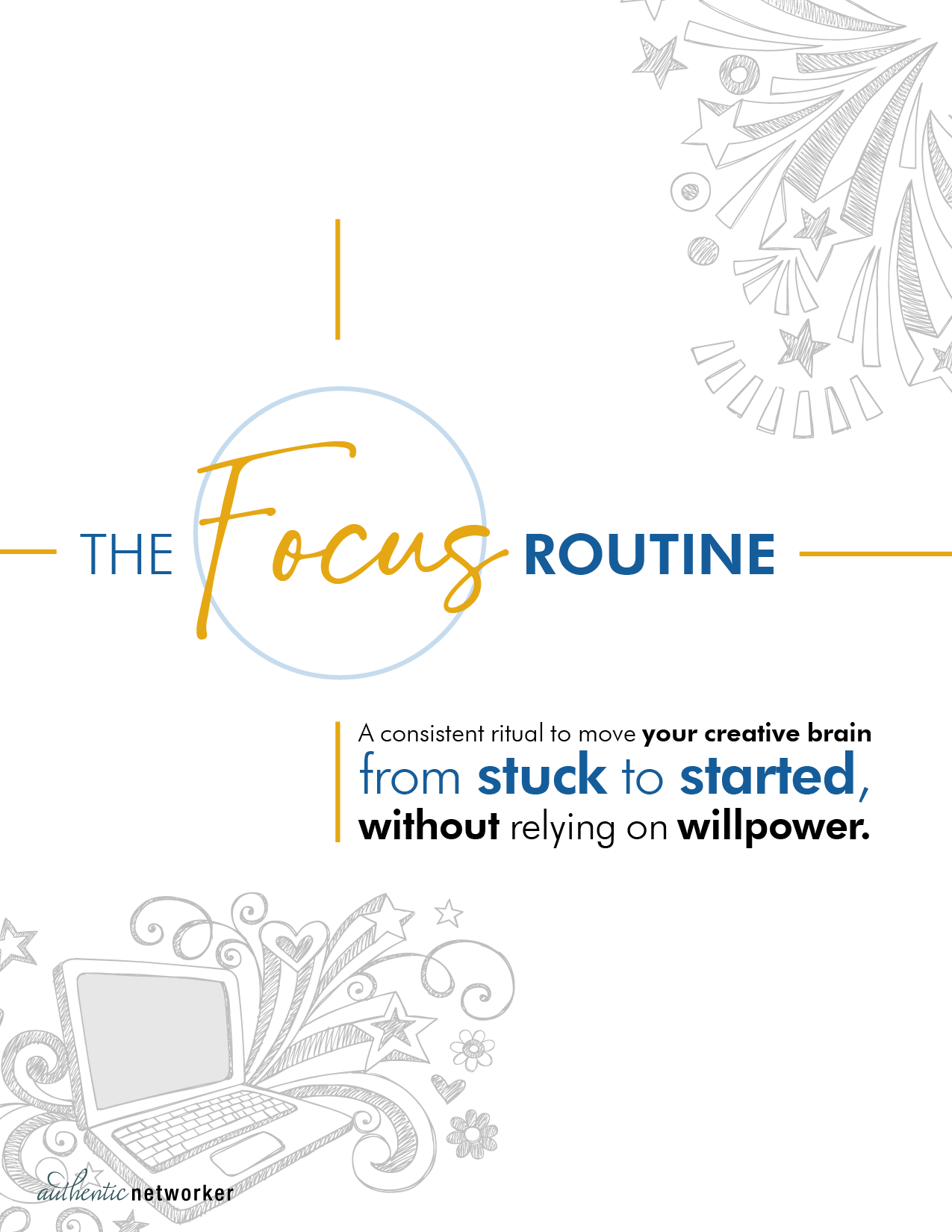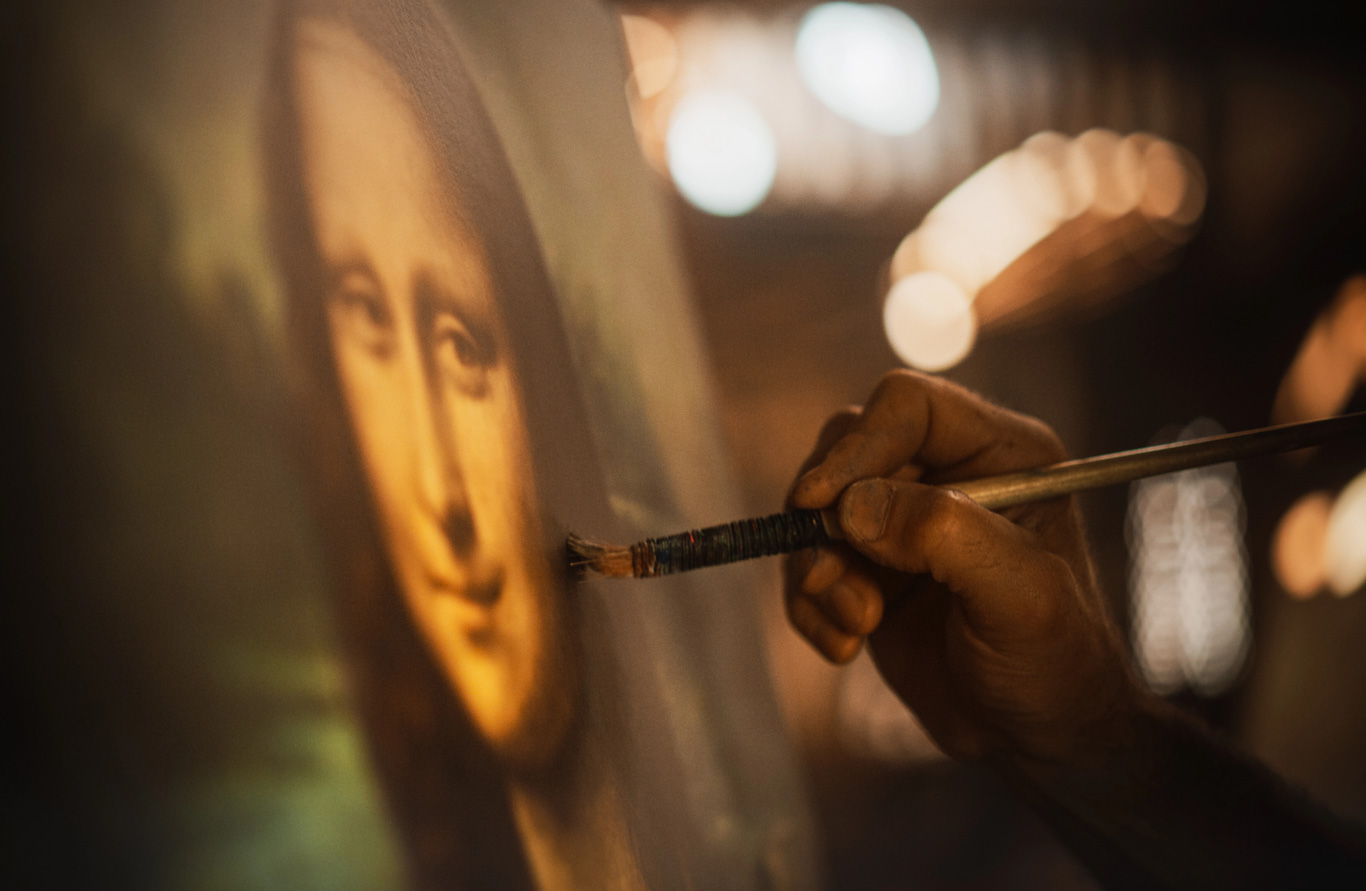The Decision Drain: How to Reduce Decision Fatigue and Reclaim Focus


This episode unpacks the hidden cost of modern decision-making—and why you might be too drained to do the work you actually want to do. You’ll learn why sameness is a secret weapon, how your yoga pants might be your genius uniform, and how to build a personal decompression chamber for your mind.
Ever tried to write something after a day full of decisions?
This episode explains why your creativity stalls—and how to fix it.
This episode unpacks the hidden cost of modern decision-making—and why your brain might be too drained to do the work you actually want to do.
Mia explores the science of decision fatigue, the rituals of iconic creatives, and how a simple 15-minute buffer can protect your creative energy. You’ll learn why sameness is a secret weapon, how your yoga pants might be your genius uniform, and how to build a personal decompression chamber for your mind.
If you’re a solopreneur, writer, or thinker who feels burned out before you even begin, this episode gives you back your spark.
-------------
The Focus Routine
Still trying to create after a dozen morning decisions?
Steal my beautifully uncomplicated buffer ritual. It's designed for brains like yours (and mine).
It’s free, ADHD-friendly, and linked in the show notes.
👉 authenticnetworker.com/focusroutine
-------------
Wavelength
Wavelength is our cozy, smart coworking space for solopreneurs and creatives with real lives and real brains.
If you’re tired of trying to focus alone, come work beside us—same time, same rhythm, less resistance.
👉 authenticnetworker.com/wavelength
-------------
Studies Proving You're Not Just Being Dramatic
- Levitin, D. J. (2014). The Organized Mind: Thinking Straight in the Age of Information Overload. Dutton.
- → Shows that decision-making consumes more neural energy than complex creative work.
- Baumeister, R. F., & Tierney, J. (2011). Willpower: Rediscovering the Greatest Human Strength. Penguin Press.
- → Reveals willpower and decision-making draw from the same mental resource; includes judicial decision fatigue study.
Turtlenecks, Rituals, and Creative Workarounds
- Isaacson, W. (2011). Steve Jobs. Simon & Schuster.
- → Details Jobs' daily uniform as a decision-reduction strategy.
- Currey, M. (2013). Daily Rituals: How Artists Work. Knopf.
- → Highlights creative professionals using repeatable routines to protect focus.
-------------
Episode Keywords: decision fatigue, creative burnout, focus routine, ADHD productivity, solopreneur mindset, creative rituals, buffer time, reduce overwhelm, transition ritual, executive function, procrastination, brain reset, mental clarity, neurodivergent tools, how to start working, how to stop procrastinating, body doubling, overcoming resistance, Wavelength coworking, Mia Torr, Transition Space, creative resistance, ADHD routine
Have you ever tried to write something after a day of nonstop choices?
Today, we are diving into the science behind decision fatigue, how turtlenecks and yoga pants can make a difference, and the best way to protect your creative energy.
Welcome to Transition Space, your gateway from thinking to doing. I'm Mia Torr. If you're called to create meaningful work, use this podcast as part of your starting ritual. Make your coffee and clear your desk while you listen, and we'll hang out as you ease into focused flow. While you create your space, I'll help you entertain the transition. Come on in.
Today on Transition Space, a story about mental reservoirs, courtroom judges, and the power of decompressing.
Picture this moment from yesterday.
I'm sitting down to my desk, finally carving out space to write. The kids are at school, puppy is napping. My phone is in another room. Perfect creative conditions, right?
No.
My brain feels like an empty reservoir in a drought.
This morning, I've already decided what everyone's having for breakfast, figured out whose turn it was to walk the puppy, mediated three different sibling disputes, addressed urgent client projects, double checked an appointment confirmation, and remembered halfway out the door that it's crazy hair day.
By 9am, I've made more decisions than my grandmother probably made in a week. And now, faced with the creative work I actually want to do, this is the point where my brain realizes it's out of juice. It abandons all ambition and gestures toward a TED lasso rewatch like a warm blanket. Sound familiar?
Scientists call this decision fatigue. I call it watching my creative battery drain one choice at a time. Each decision we make, from the life-changing to the mundane, draws from the same mental reservoir. And modern life has poked a thousand tiny holes in our dam.
In his book "The Organized Mind," neuroscientist Daniel Levitin proved what creatives have long suspected while staring at blank documents. Your brain actually consumes more energy making decisions than it does doing complex creative work. That means choosing your lunch from that takeout menu actually takes more neural power than writing a chapter of your book.
You might assume the problem starts with poor time management or a lack of creativity. But in their book "Willpower," researchers Roy Baumeister and John Tierney revealed that willpower and decision making draw from exactly the same mental resource. Every time you decide to resist that cookie, you choose which email to answer first or pick which task deserves priority, you're dipping into the same reservoir you need for creative work.
That reservoir has actual, measurable limits. By the time I'm facing my creative work each morning, I've often made more decisions than a judge makes in a full court session. In fact, when Baumeister and Tierney studied real judges in the courtroom, they discovered something slightly unsettling. As the day went on, judges became less likely to grant parole. The cases were exactly the same, but the judge's decision making reservoir was empty.
This same thing happens to us. After four years of being a single mom and caregiving for my dad, I watched my creative work slowly dry up. I had a million strokes of genius. I could have carved out the time, but every day required hundreds of choice points. Parenting, triage, medical decisions, logistics choices, and scheduling calls. By the time I carved out space to create, my reservoir was bone dry.
I first learned about decision reduction in high school, though I didn't know that's what it was. While my friends were complaining about our school uniform, I secretly loved it. With tests and deadlines looming, not having to choose an outfit every morning was one less thing on my mind.
We're all familiar with Steve Jobs wearing the same black turtleneck every day to eliminate decisions. But more interesting to me are the quiet ways creative professionals protect their decision-making energy. Writers who work in the same cafe at the same time ordering the same drink. Artists who mix their palette in the same sequence every morning. Composers who walk the same route to their studio.
It appears at first glance that they're being rigid, but when you get closer, it becomes clear that they're being smart. You preserve energy for creative work every time you automate a decision, eliminate a choice, or lock in a routine. Every ritual protects your mental reservoir.
Most of us aren't going to wear the same outfit every day, although I am coming dangerously close with my collection of identical black yoga pants. I'm like Steve Jobs with a ponytail. But in the midst of real life, we need more practical ways than yoga pants to protect our creative energy.
The good news is, there are lots and lots of ways to handle decision fatigue. The bad news is, there are so many ways to handle decision fatigue that it risks giving you decision fatigue. It's meta, right?
You could set up a weekly grocery delivery, create a family meal rotation, or let your team handle the administrative stuff. But here's something you can do right now: create a 15 minute buffer before you do creative work.
It's like having your very own decision decompression chamber. Take those 15 minutes to clear distractions. Clear your space, follow a simple routine, and let your brain settle. No new inputs, no quick checks. No "just one more thing." Just 15 minutes of familiar actions that require zero decisions.
My focus routine is beautifully uncomplicated. Before I had it, I used to spiral or stall out after a dozen tiny decisions. Now I follow the same simple steps to ease into the work I care about. And it works for me because my brain knows what's coming next. There's no decisions required, just creative work. It has been a total game changer in my life. If you'd like to try it, you can download it for free. In the show notes, I'll put a link for you.
A buffer time or a grounding routine can help you restore creativity. Whether you have hours ahead of you or just 30 minutes. If it's first thing in your day or if you have spent the whole day making decisions. A few minutes of no new decisions gives your reservoir a chance to settle.
So try building in that reset window before you create. A small ritual. A little rhythm. Like a spa for your overstimulated mind: quiet, grounding, and just for you.
Your ideas are waiting. Your spark is coming back. Let it catch.
Whether you're making coffee or arranging your desk right now, think about your buffer routine. What three simple actions could you string together before your creative work? What would your decision decompression chamber look like?
I'd love to hear your answer. Visit authenticnetworker.com transitionspace and share: how will you reduce decision fatigue?
This is Transition Space, where you clear your path from thinking to doing. I'm Mia, and together we've shaped what's possible. Now it's your turn to make it real.



